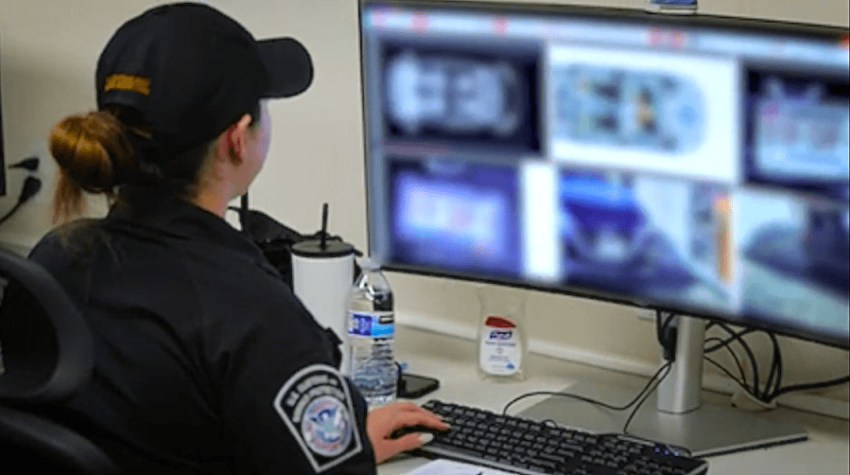EL PASO, Texas (Border Report) – An X-ray machine helped border officers in San Ysidro, California, nab a 123.5-pound load of methamphetamine hidden in the panels of an SUV.
The bust took place just before noon last Thursday, as a U.S. citizen driving a 2011 Chevrolet Traverse approached the port of entry from Tijuana, Mexico.
Court documents show Robert Anthony Rodriguez Jr., told a Customs and Border Protection officer he lives and Los Angeles and spent several days in Tijuana getting repairs done to his vehicle and “visiting girlfriends.”
As he checked Rodriguez’s documents, the CBP officer noticed the driver had a protective order filed against him.
The officer referred Rodriguez to a secondary inspection area, where his vehicle passed through a Z-portal – a type of X-ray machine that takes images of vehicles from several angles.
A border officer monitoring the images noticed anomalies in the rear panels of the SUV and called for a drug-sniffing dog. Records show the canine alerted officers to the presence of drugs.
CBP personnel combed through the vehicle and found 108 packages weighing 56 kilos of a substance that tested positive for methamphetamine, according to a criminal complaint filed Friday in U.S. District Court for the Southern District of California.
Rodriguez told border officers he didn’t know drugs were in the vehicle. He allegedly declined to provide the names of the people he said he visited in Tijuana so investigators could check out his story.
He was arrested and charged with importation of a controlled substance. Rodriguez has a preliminary hearing scheduled for July 3 in U.S. District Court in San Diego.

CBP officials continue to install various types of X-ray technology at ports of entry throughout the Southwestern border as part of a larger initiative to expand the use of non-intrusive inspections.
That use of technology helps federal officials more efficiently detect hidden cargo, is faster than having an officer use his hands and eyes to find anomalies in a vehicle and causes less inconvenience to travelers.
 Read: Read More
Read: Read More




